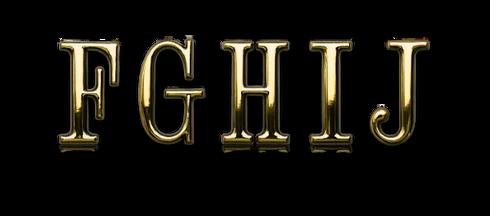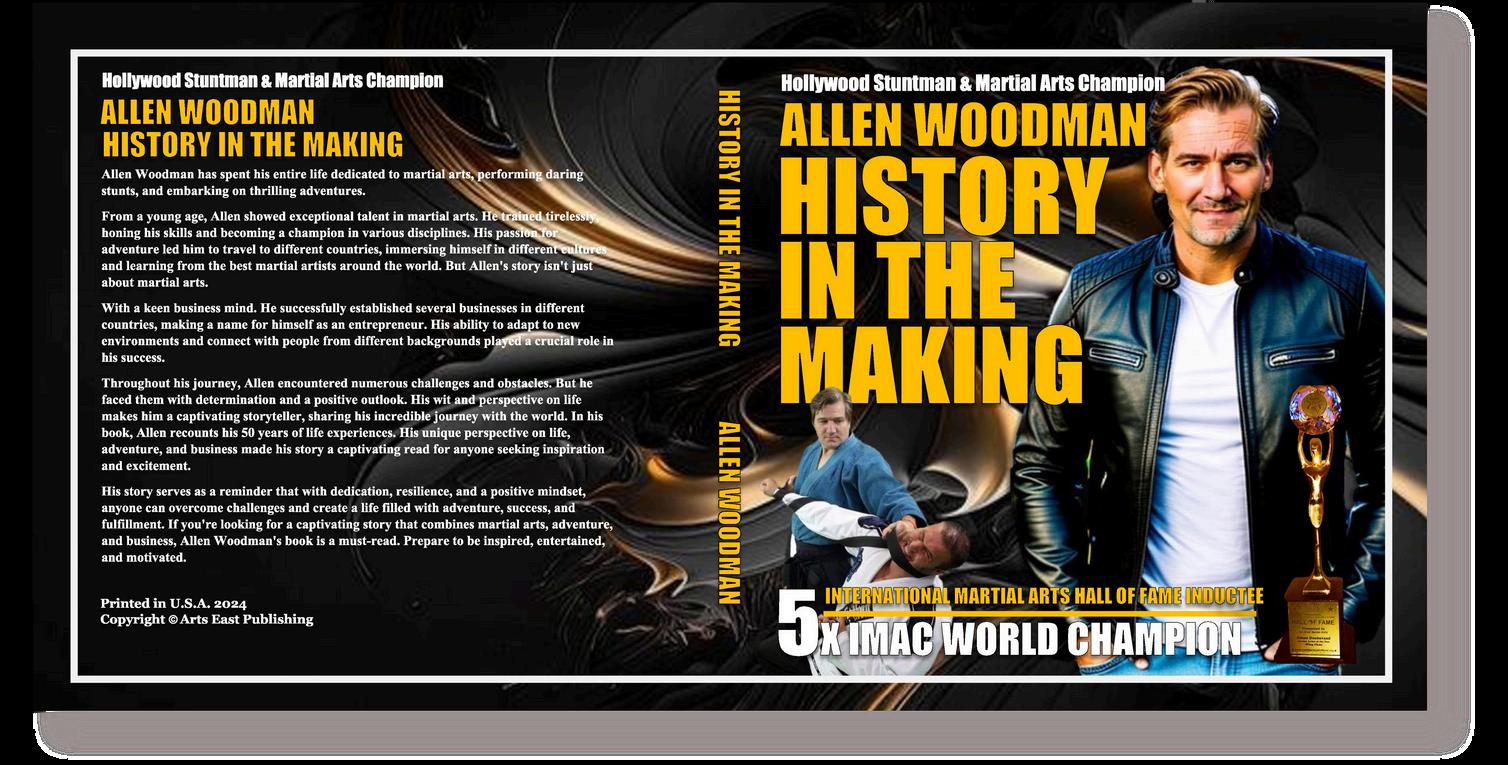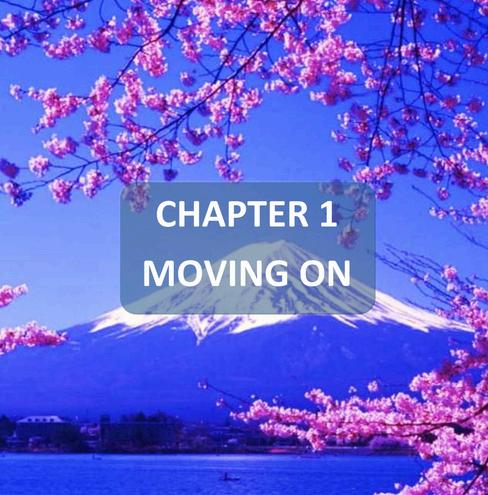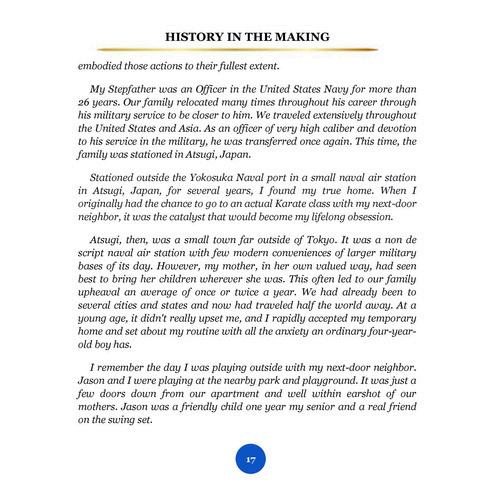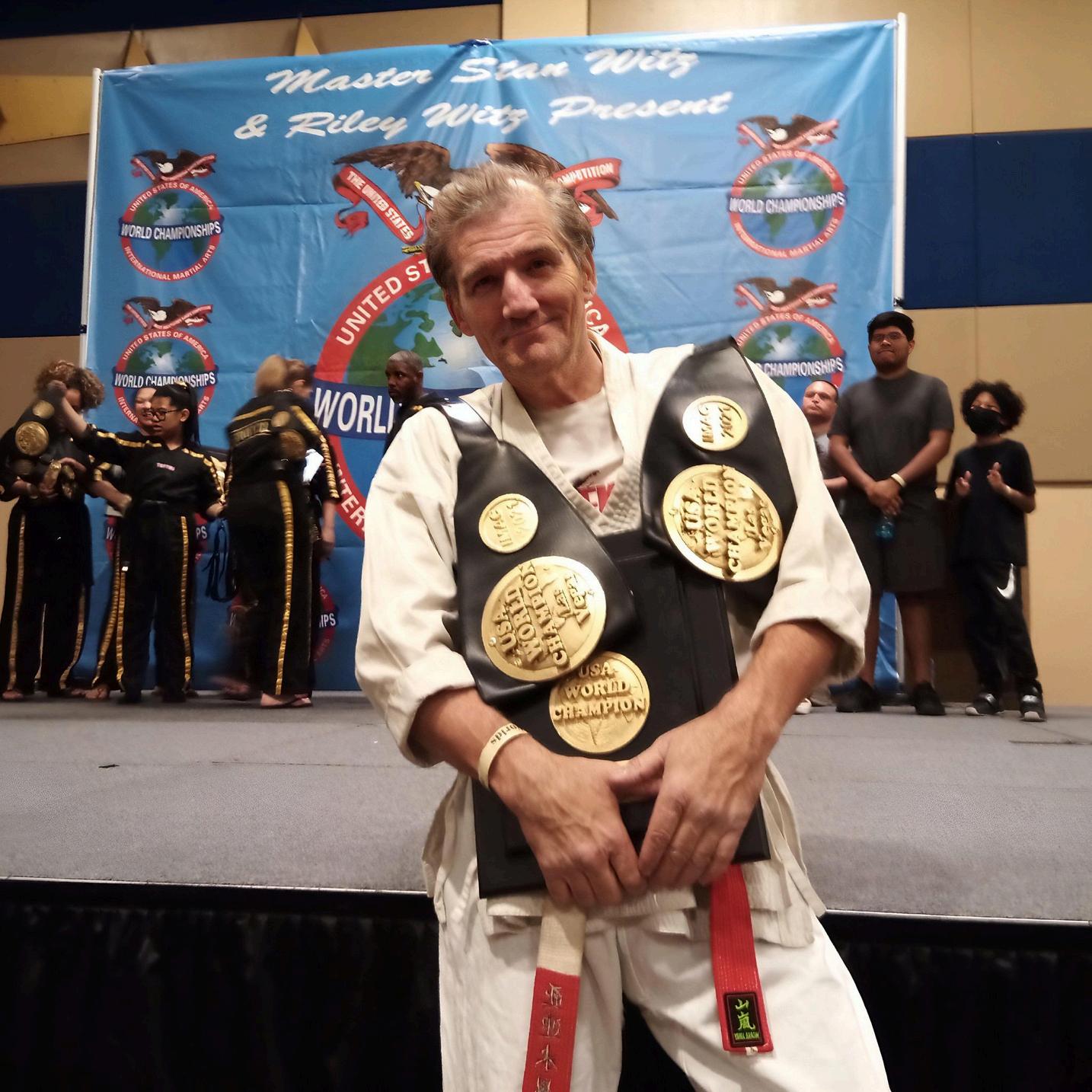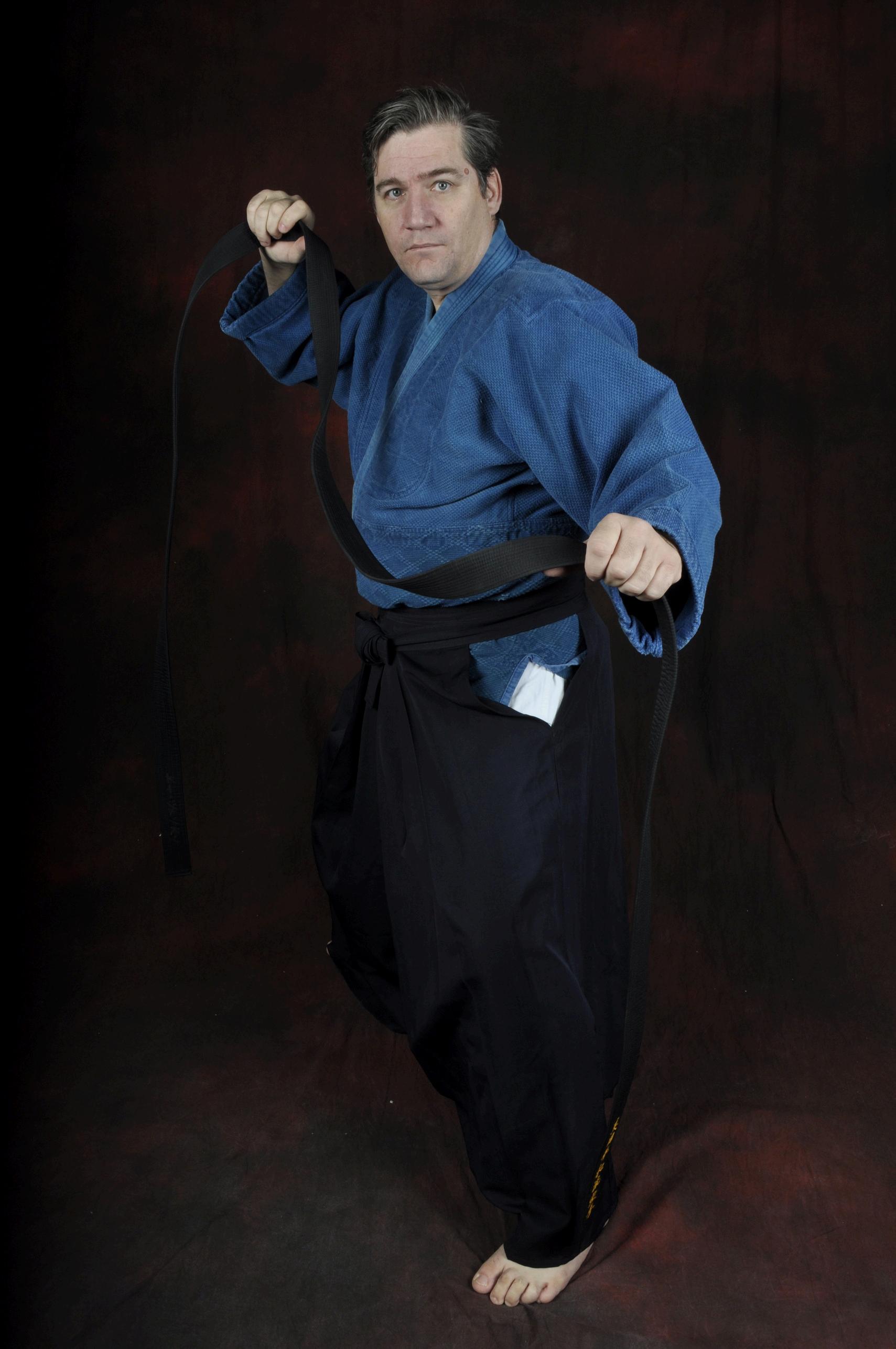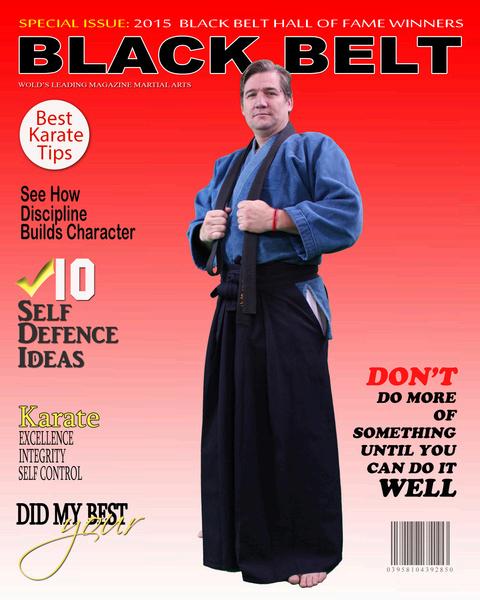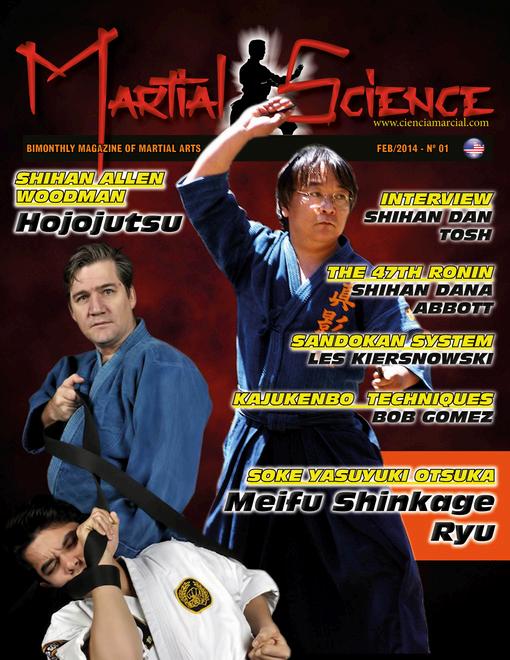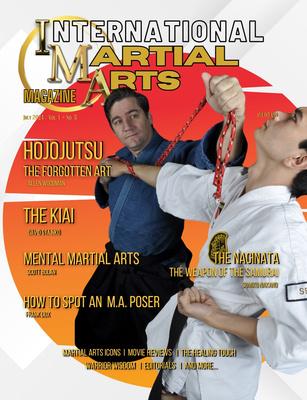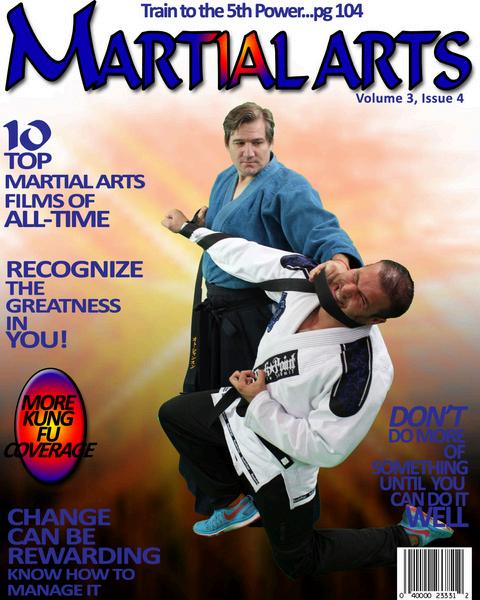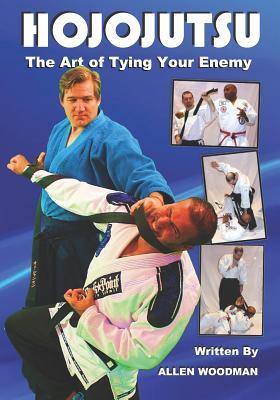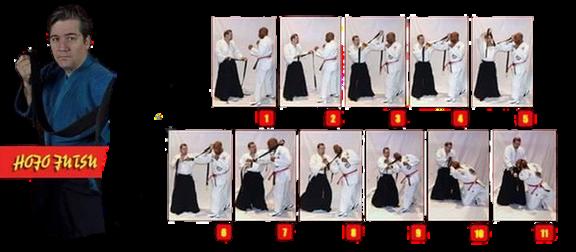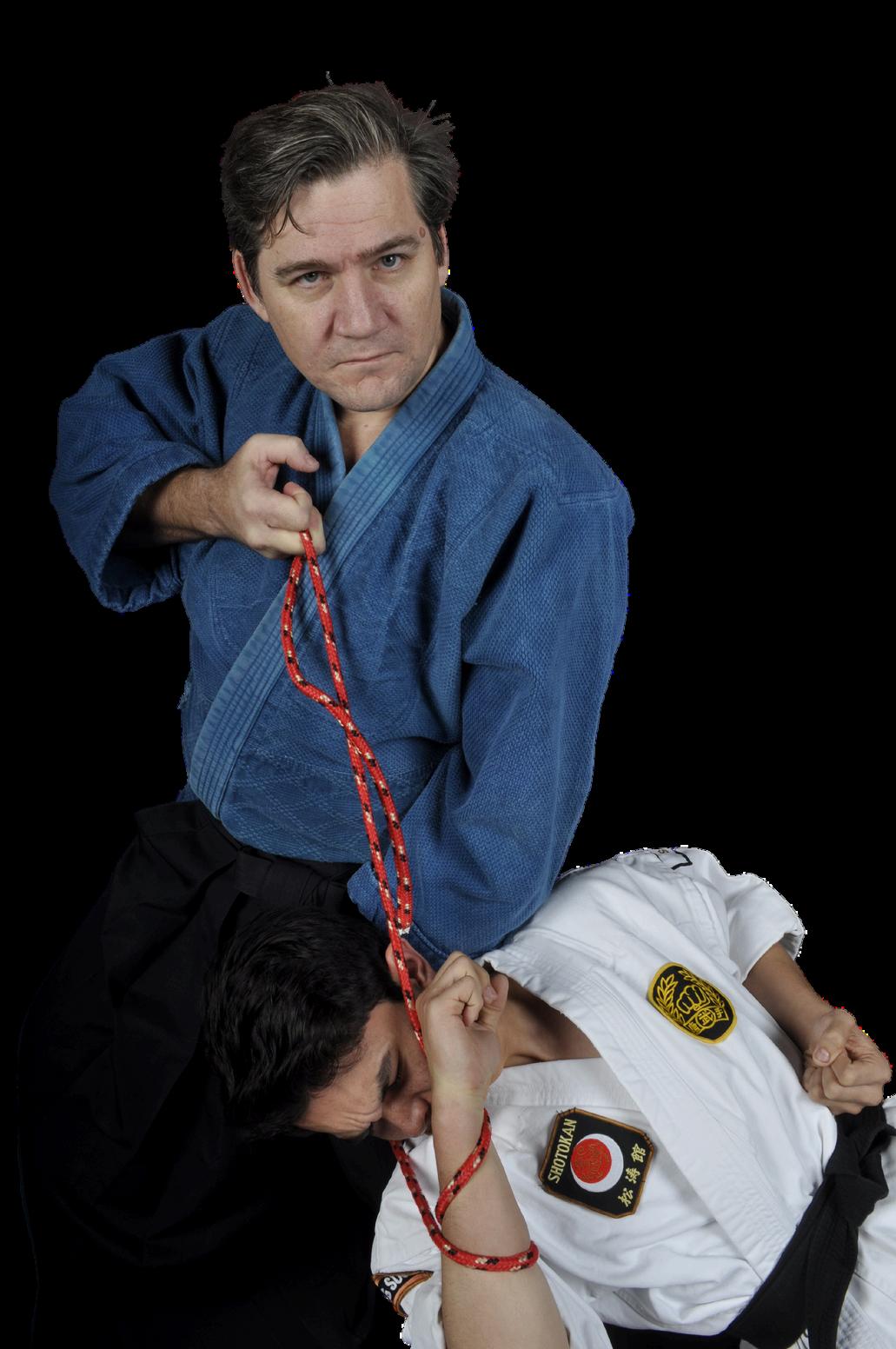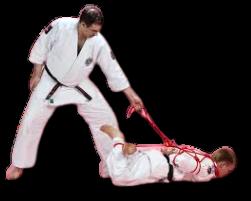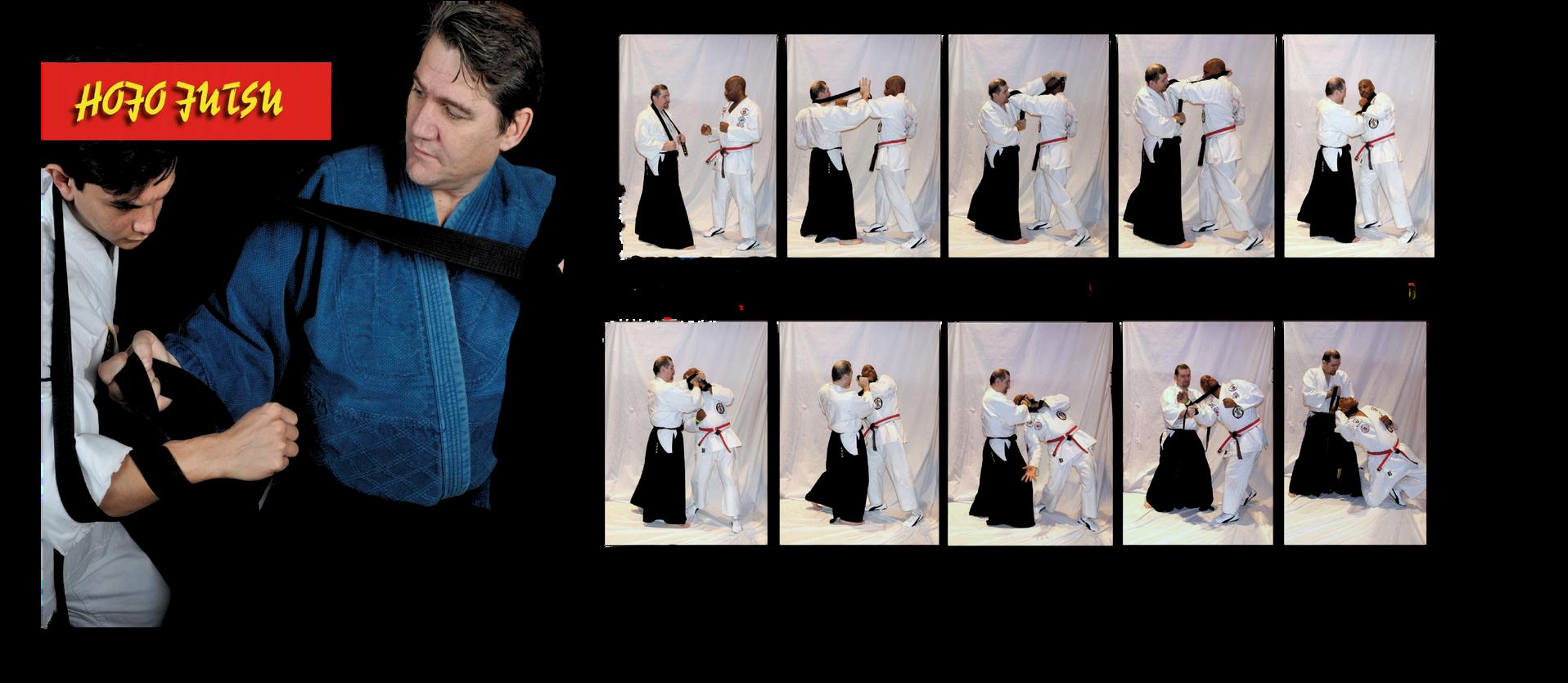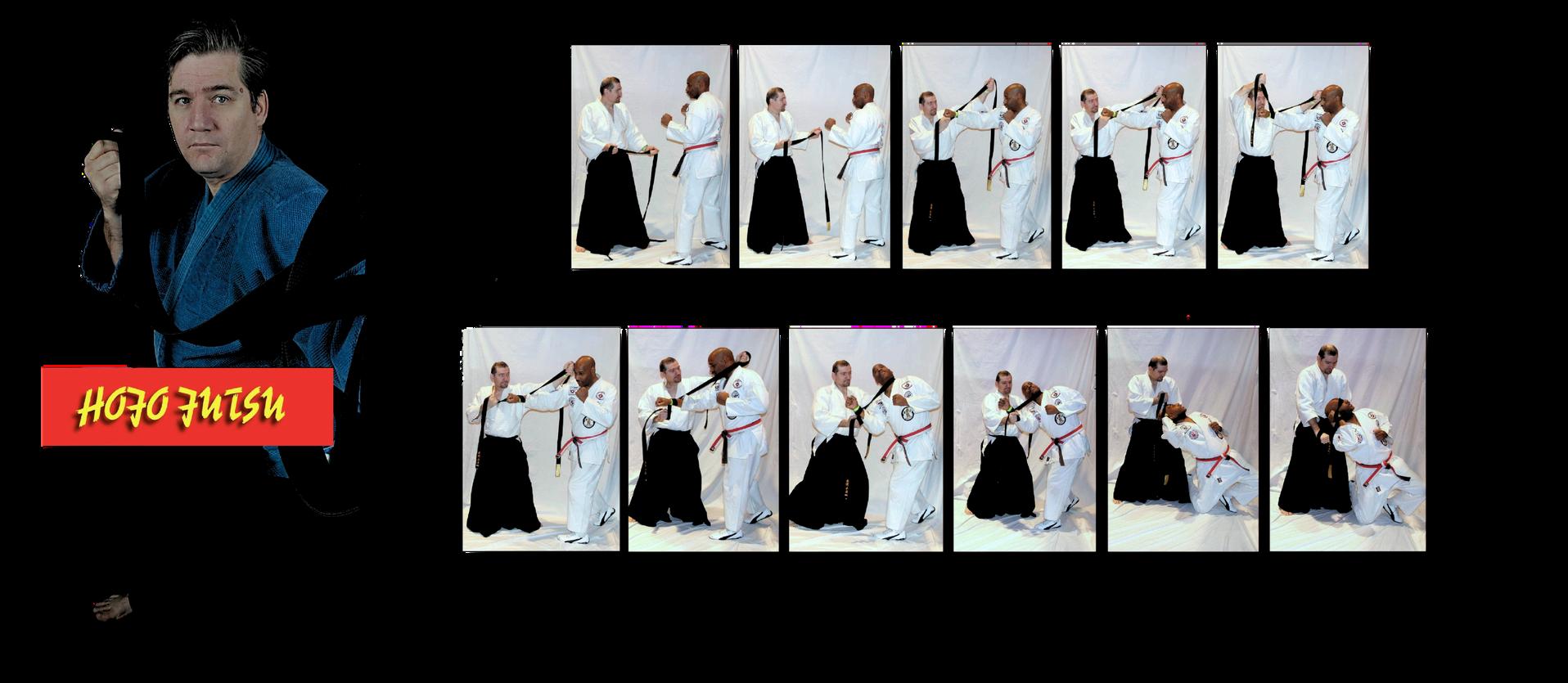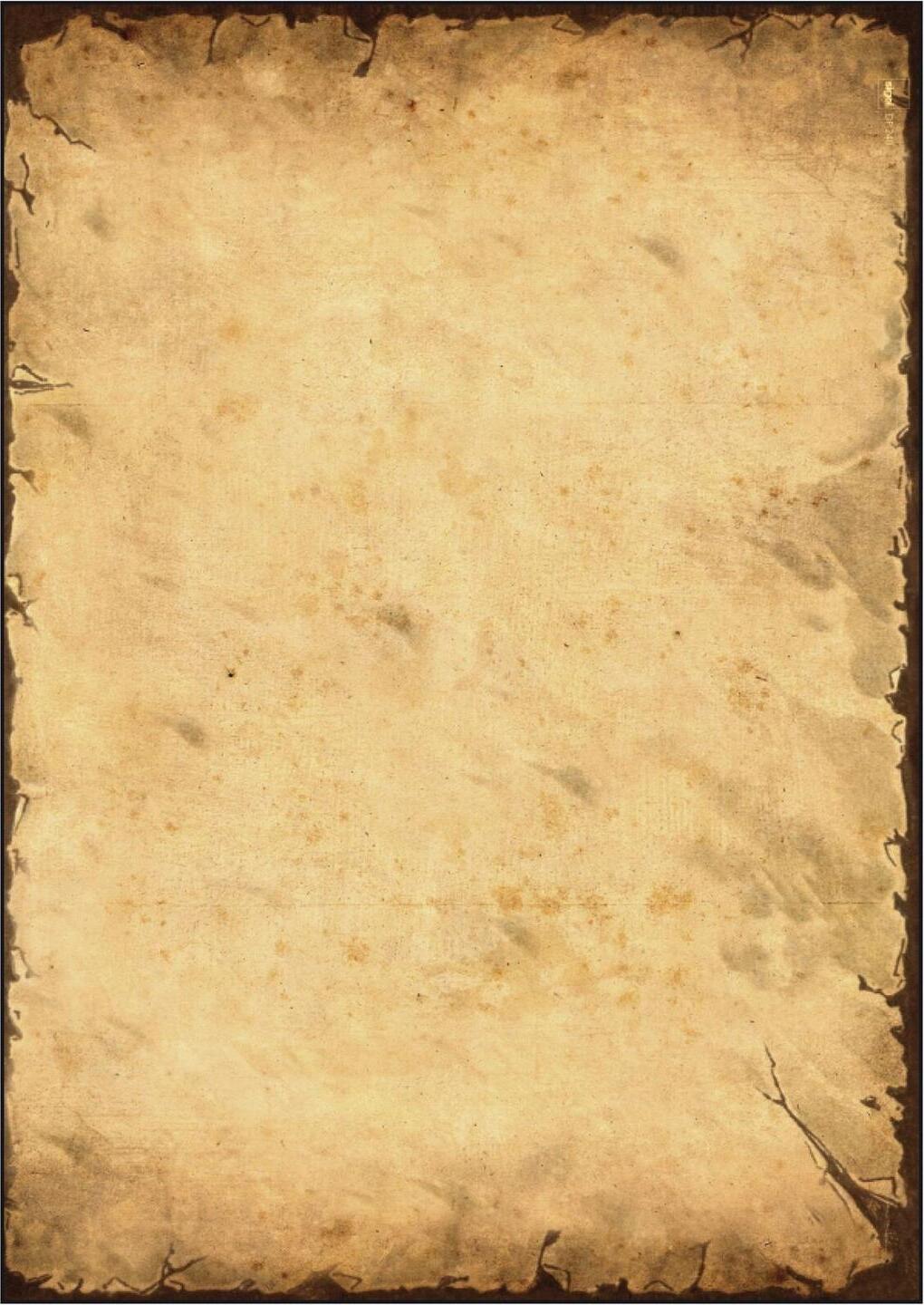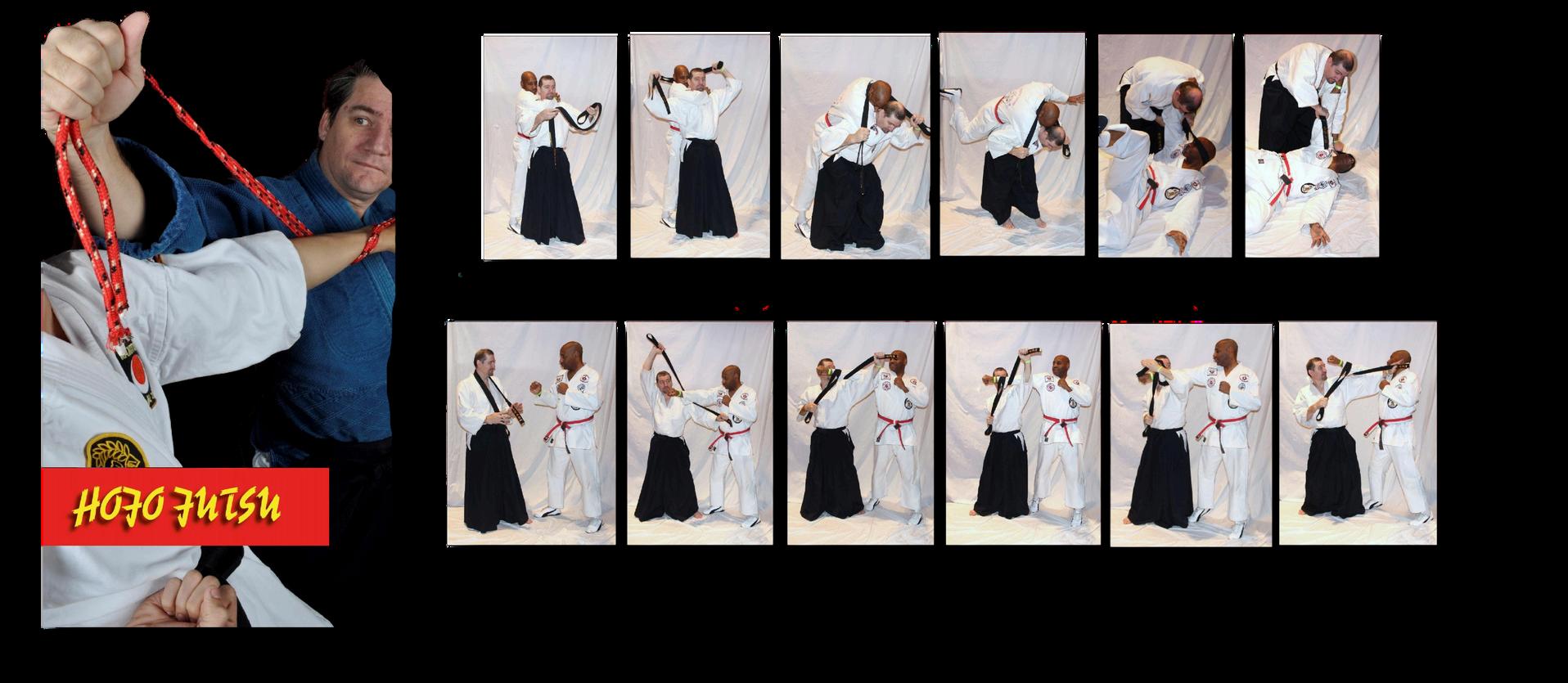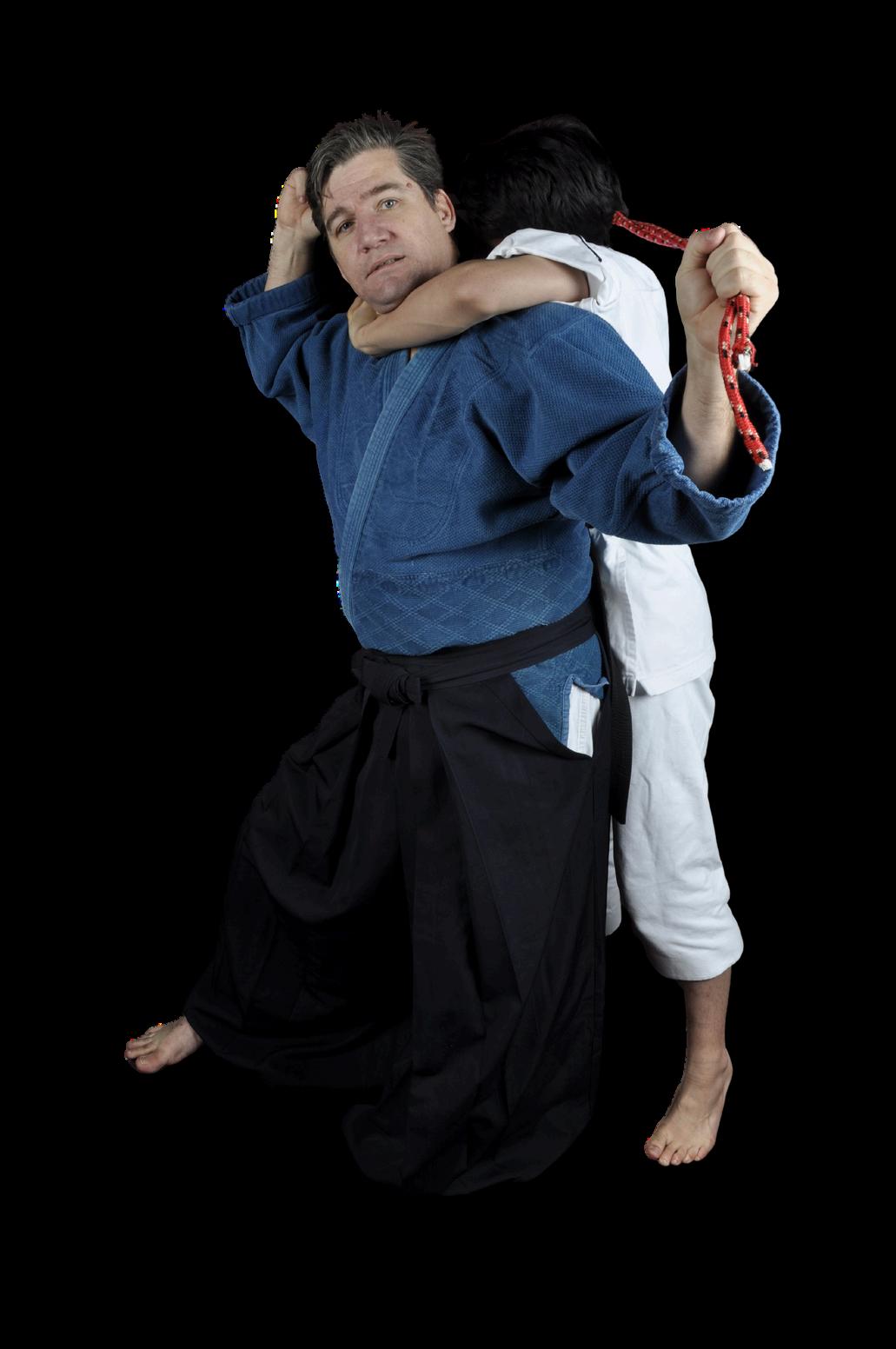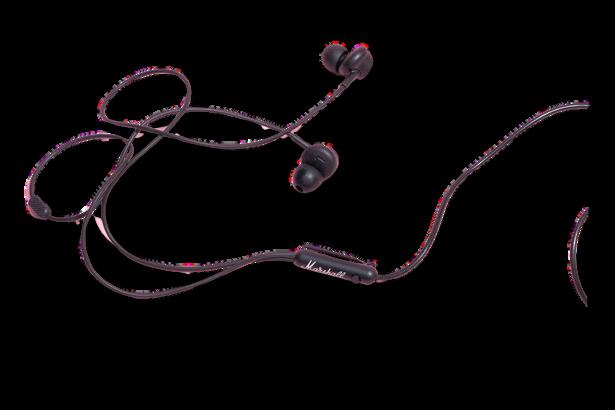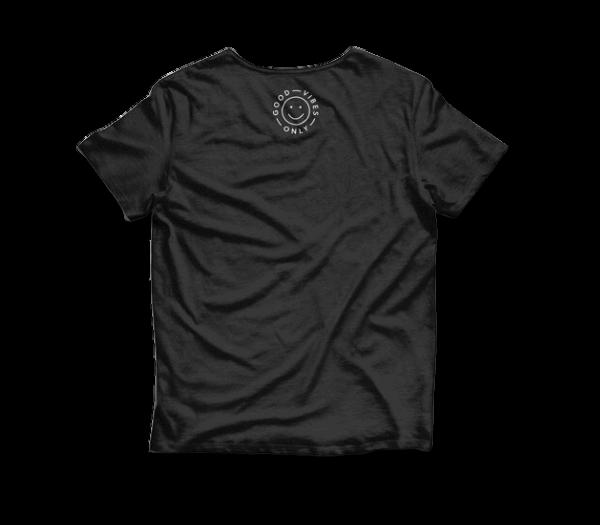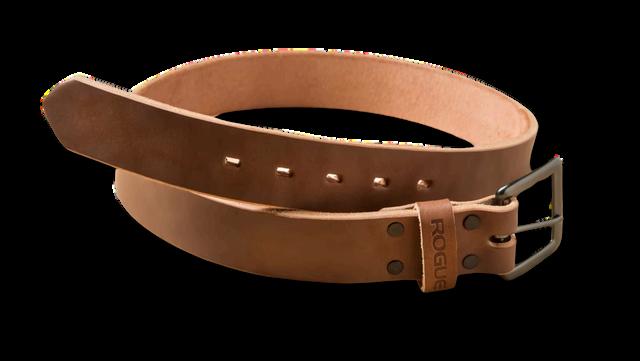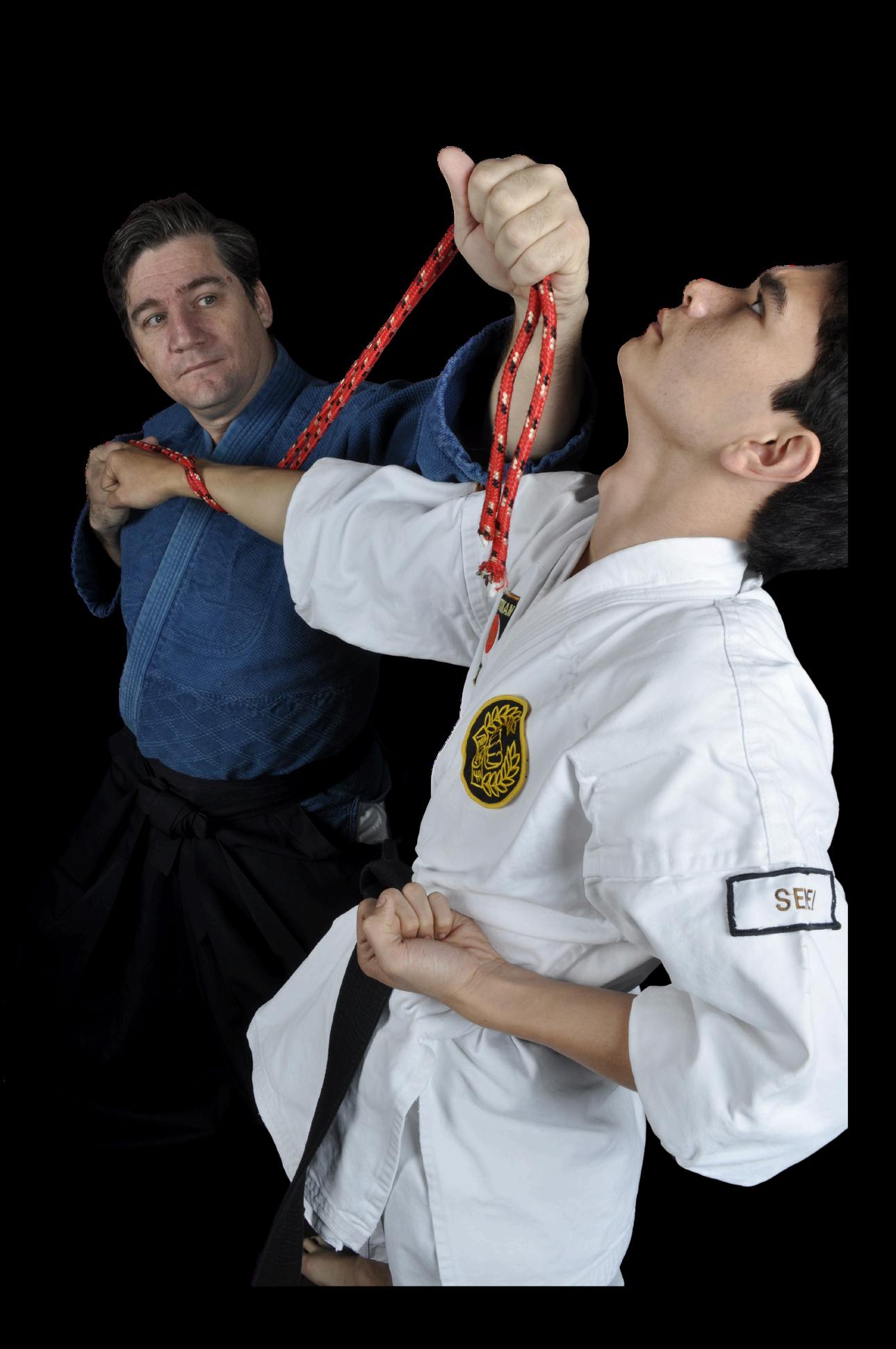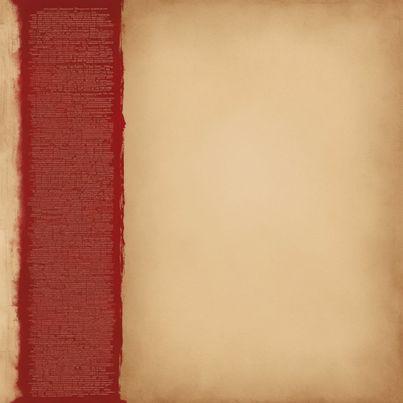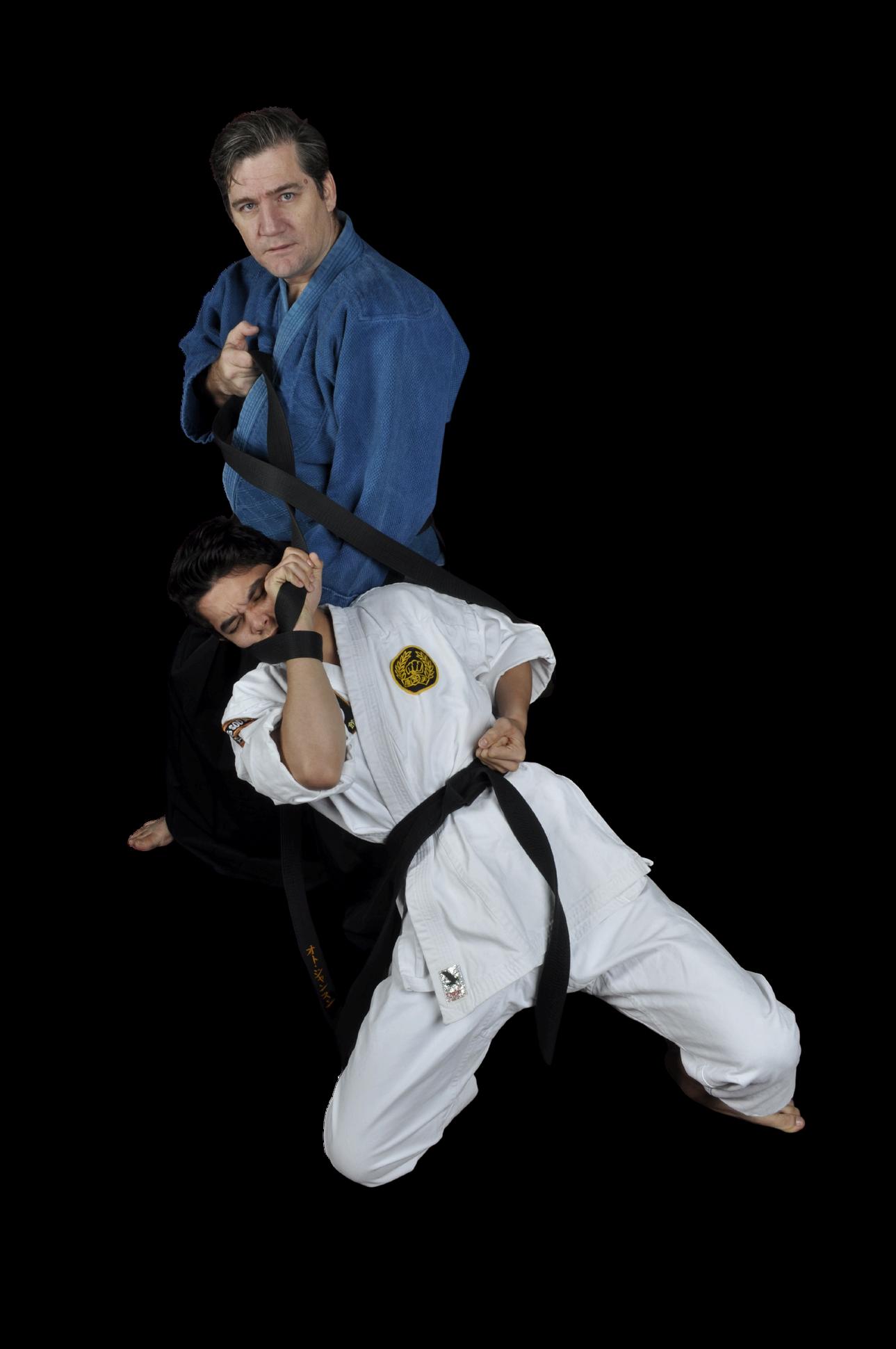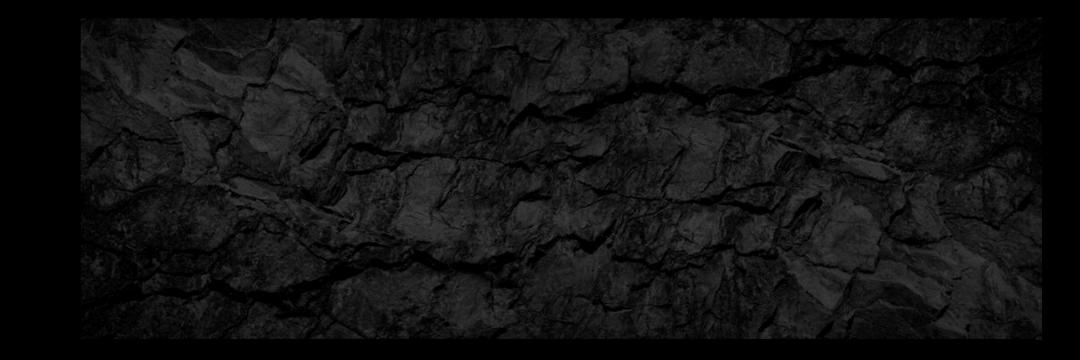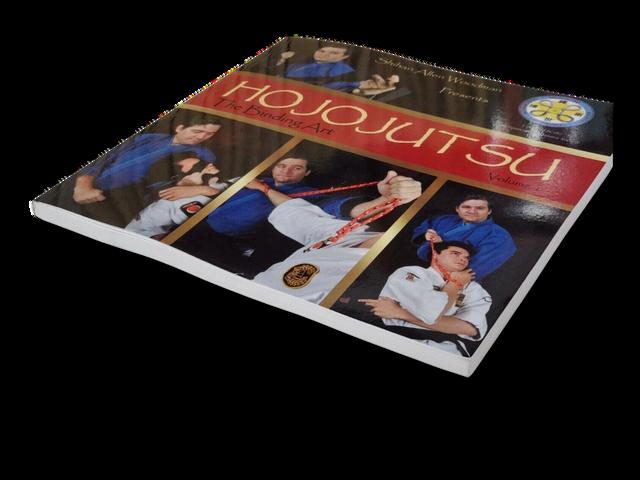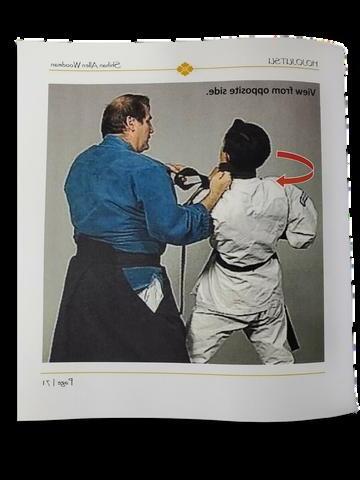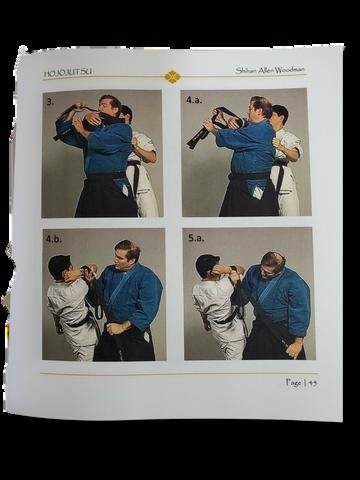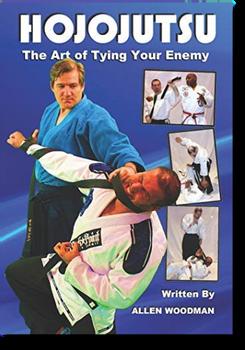S All W
Sensei Allen Woodman e annals of martial arts merely one of personal the indomitable spirit of g within the martial arts fe of this true warrior of captivates and inspires enthusiasts worldwide.
Foundation in Japan ssey commenced in the hed into the very fabric e tutelage of legendary eichi Sato, a student of n Funakoshi, and Sosai shin Karate, Woodman discipline, skill, and the ave guided his journey pan were not just about bracing the deep-rooted nherent in martial arts
can Karate Academy s into action, Woodman vision. He founded the itution that would go on cipline across locations even reaching as far as emy became a beacon rtial arts, encapsulating h towards teaching that h understanding martial history and culture.
A Pioneer of Martial Events
Sensei Woodman's contributions to the martial arts community extended beyond the dojo He was the visionary force behind the iconic "Karate Kid Tournament," breathing life into the All Valley tournament celebrated in the "Karate Kid" films and the "Cobra Kai" series Furthermore, he launched the first martial arts convention in 1994, the "Masters in Action Event," a landmark gathering that hosted a plethora of celebrity martial artists and captivated audiences, establishing a new paradigm for martial arts expositions
A Literary and Cinematic Influence
With over 40 authored and co-authored titles, Woodman's literary contributions have enriched the martial arts literature landscape, offering insights into various combat styles, self-defense tactics, and philosophical musings on the warrior path His influence also permeated the Hollywood scene, showcasing his skills in front of and behind the camera in over 30 films. Woodman's latest autobiographical work, "HISTORY IN THE MAKING" (2024), offers an intimate glimpse into his adventures, trials, and triumphs, chronicling a life dedicated to the pursuit of martial excellence
Continuing the Legacy
Despite the accolades and achievements spanning a 53-year-long illustrious career, Sensei Allen Woodman's thirst for knowledge and his dedication to teaching remain unquenched Through seminars, workshops, and classes worldwide, he continues to impart his extensive martial knowledge, focusing on a unique blend of style, history, and philosophy.
As a martial arts ICON and pioneer Allen has appeared on the cover of numerouse magazine covers and featured in countless articles in magazines and various websites throughout his career.
A decorated Veteran of the U.S. Military serving in the Army, Allen was the Donnybrook Boxing champion in Fort Leonardwood, Missouri two separate years consecutively. With all of these accolades and abilities Mr. Woodman has always felt responsible for giving back to the martial arts community as well as being a historian for the next generation.
Please contact him directly for books, videos, seminars, lectures or appearances. email @ senseiallenwoodman@yahoo.com 725 377-8092
Check out his book and DVDs online at AMAZON.com or on ISSUU.com or on social media.
$9.95


Hojojutsu is the traditional Japanese martial art of restraining a person using cord or rope. Encompassing many different materials, techniques and methods from many different schools, Hojojutsu is quintessentially a Japanese art that is a unique product of Japanese history and culture. It is the beautiful and peculiar art of restraining someone using (often brightly colored) cord. It is rarely practiced outside of Japan and is an ancient strand of martial art with a rich and complex history.As a martial arts practice, Hojojutsu is seldom, if ever, taught on its own but as part of a curriculum under the aegis of the body of study encompassed by a larger school of bugei or budo, often as an advanced study in jujutsu. Hojojutsu techniques and methods are seldom demonstrated outside of Japan.Shihan Allen Woodman has trained over 20 years in Japan and is the Chief Instructor at the Dento Teki Na Dojo, the Kokusai Karate Do Renmei Hombu Dojo in Bronx, New York. Sensei Allen Woodman offers this book on the traditional martial art of Hojojutsu. This is one of the only books ever published on this art form detailing the defensive practices and techniques of the art.

125 pages
Language English
Publication date March 15, 2013
Dimensions 6.9 x 0.5 x 9.9
New concept, for America, really effective
John Atkinson
The first practical account I have seen of these techniques for over forty five years.
Richard Hopkins
Tony B
That's a really good book. Picture, text, Everything is so detailed
Kennete Kleese
The book is understandable whether you are a beginner or advance student or professional of any style of massage
Barry Southam
Great text to add to your library
Learn the ancient art of shiatsu massage and its healing abilities.Relieve stress and aches while healing the body naturally through the Japanese art of acute finger pressure through this insightful and useful guide With full-color photos and artwork of the human anatomy and step by step practice guides to instruct you from student to fully certified practitioner. In Japan, the practice of finger pressure massage known as Shiatsu is a highly respected, professional skill that uses the meridians and blood flow to naturally heal the body Shiatsu can reduce tension and even alleviate health issues. Includes Test out portions of the text to gain full credentials in this amazing healing method from Asia
Language : English
Paperback : 299 pages
Dimensions : 7 x 0 71 x 10 inches
$69.95
Forgotten Art
WrittenbyAllenWoodman
PhotographsprovidedbyAllenWoodman
In the intricate weave of Japan's martial arts tapestry, Hojojutsu occupies a unique and fascinating strand.
This traditional form of rope bondage has roots deeply embedded in the feudal era, serving as a testament to the ingenuity and cultural distinctiveness of Japanese martial practices. Its evolution, principles, and application provide a riveting narrative, showcasing not just a martial art, but a historical artifact that has survived the relentless march of time.
Shihan Allen Woodman has trained extensively in several schools of theory in this art form. Having lived and trained in Japan for more than 20 years, Allen brings a unique perspective to the training and application of traditional Hojojutsu
.
The Dawn of Restraint: From Battlefield to Peacekeeping
Hojojutsu began its journey during Japan's feudal period, a time when warriors sought not only to defeat their enemies but to capture them with honor.
The art's genesis can be traced back to the samurai, who valued the capture of high-ranking adversaries alive to either ransom them or hold them for political leverage. As such, hojojutsu emerged as a critical skill on the battlefield, enabling the samurai to subdue and restrain without causing unnecessary harm.
The transition from the battlefield to civil society saw hojojutsu adapting to the needs of peacekeeping. During the Edo period (1603–1868),
Japan experienced an era of relative peace under the Tokugawa shogunate. This period allowed the martial arts to flourish, with hojojutsu being employed by law enforcement officers, known as 'torimono sandogasa,' to arrest and detain without lethal force.
The use of rope, an easily accessible and versatile tool, made hojojutsu a practical choice for these officers.
The Art and Science of Restraint*
Hojojutsu is characterized by its strategic application, which reflects a profound understanding of human anatomy and psychology. Practitioners, known as hojojutsuka, employ various lengths and types of rope to execute techniques that can neutralize an opponent swiftly and efficiently.
The art is divided into two main categories: hayanawa (fast rope), used for quick capture and immobilization, and honnawa (main rope), intended for more secure and long-term restraint. and human insight.
The practice of hojojutsu is as much an art as it is a science. Its techniques are meticulously designed to respect the captured person's dignity while ensuring they remain incapacitated.
This duality of purpose—simultaneous restraint and respect—mirrors the samurai code of ethics and underscores the cultural depth of hojojutsu.
Hojojutsu Today.
Although no longer employed in law enforcement or warfare, hojojutsu has not vanished into the annals of history.
Instead, it has transitioned into a ceremonial and educational practice, preserved by martial arts historians and enthusiasts who recognize its cultural and historical significance.
Modern practitioners’ study hojojutsu not only for its physical techniques but also to gain insight into the feudal Japanese mindset and the era's social order.
As a martial art, hojojutsu offers a captivating glimpse into Japan's past, reflecting the ingenuity, discipline, and artistry of the samurai.
IIts survival and continued practice stand as a tribute to the timeless values of respect, restraint, and honor —principles that transcend the boundaries of time and culture.
Hojojutsu may no longer echo on the battlefields or in the streets of Edo, but its legacy endures, woven into the very fabric of Japan's martial heritage.
For those who seek to understand the soul of samurai culture, hojojutsu offers a thread that, once pulled, unravels a narrative rich with history, art, and profound human insight.
Instead, it has transitioned into a ceremonial and educational practice, preserved by martial arts historians and enthusiasts who recognize its cultural and historical significance.
Modern practitioners’ study hojojutsu not only for its physical techniques but also to gain insight into the feudal Japanese mindset and the era's social order.
As a martial art, hojojutsu offers a captivating glimpse into Japan's past, reflecting the ingenuity, discipline, and artistry of the samurai.
IIts survival and continued practice stand as a tribute to the timeless values of respect, restraint, and honor —principles that transcend the boundaries of time and culture.
Hojojutsu may no longer echo on the battlefields or in the streets of Edo, but its legacy endures, woven into the very fabric of Japan's martial heritage.
For those who seek to understand the soul of samurai culture, hojojutsu offers a thread that, once pulled, unravels a narrative rich with history, art, and profound human insight.
Unveiling the Art
In the traditional Art of Hojojutsu each discipline holds its unique charm and complexity, therein lies an art form shrouded in mystery and exclusivity.
Traditionally guarded and passed down within the confines of separate schools to protect its techniques from falling into rival hands, Hojojutsu has remained elusive to the broader martial arts community. However, Shihan Allen Woodman, a revered figure in the martial world, is bringing this ancient art to the forefront, teaching the defensive, fast-rope (hayanawa) system of Hojojutsu in a manner that is as innovative as it is accessible.
A Legacy Guarded, Now Shared
Originally, Hojojutsu was conceived as a method to restrain attacking enemies, with specific knots and ties designed to keep the techniques secret from adversaries. This ensured that if a samurai were captured, their captors would not readily understand how to undo the bindings, giving the samurai a possible chance to escape. Because of its strategic importance, Hojojutsu was closely guarded within schools, creating a veil of secrecy around the art form.
In an era of openness and global sharing, Shihan Allen Woodman embarks on a mission to demystify Hojojutsu, making it accessible without diluting its essence and tactical wisdom.
Focusing on the hayanawa, or "fast rope," system, Woodman adapts Hojojutsu’s ancient techniques for modern self-defense applications, ensuring that the art remains relevant in today’s context.
Redefining the Tools of Defense
Shihan Allen Woodman's approach to Hojojutsu is refreshing and revolutionary. He advocates using everyday items as potential tools for self-defense, in line with the core principles of Hojojutsu.
This makes the art form not only practical but also highly adaptable to contemporary situations where conventional weapons or tools might not be readily available. Imagine transforming the humble necktie, the belt cinching your waist, or even the strap of your purse or bag into an instrument of protection. Wired earphones, easily found around the necks or in the pockets of many individuals, become more than just a gadget for music but a line of defense.
Even articles of clothing like T-shirts, jackets, or a regular shirt, once removed, enter the arsenal of improvised Hojojutsu tools under Woodman’s guidance.
Eclectic and Defensive: A New Hojojutsu Chapter
Woodman teaches an eclectic brand of defensive Hojojutsu, focusing on practicality and immediate application. His students learn not only the techniques but also the underlying philosophy of using restraint with respect, turning potential threats into a showcase of skillful defense without escalating violence unnecessarily.
This new chapter in Hojojutsu’s history, led by Shihan Allen Woodman, emphasizes the art's adaptability and relevance. Gone are the days when Hojojutsu’s secrets were closely guarded mysteries.
Today, under Woodman’s tutelage, it becomes a living, breathing art form that empowers individuals by highlighting the potential of the everyday to ensure safety and security
A Martial Art for the Modern Age
Shihan Allen Woodman’s pioneering instruction opens a path for those interested in martial arts to explore an art form that is deeply rooted in history yet strikingly contemporary in its application. By turning common items into tools of defense, Woodman not only teaches techniques of restraint but instills a mindset of resourcefulness and preparedness.
As Hojojutsu steps out from the shadows of exclusivity into the light of modern applicability, thanks to Shihan Allen Woodman, it stands as a testament to the evolving nature of martial arts.
It’s an evolution that respects tradition while adapting to meet the needs of today’s world, making Hojojutsu not just an art of the past, but a vital skill for the present and future
About the Author
As a modern ambassador of Hojojutsu, Woodman carries forward the legacy of an art steeped in the samurai tradition. His innovative approach—melding meticulous historical research with practical application—has ignited a renewed interest in Hojojutsu.
Under his tutelage, practitioners find themselves engaged in more than just learning a martial art; they embark on a journey through time, exploring the rich tapestry of feudal Japan and the timeless virtues of the samurai spirit.
Beyond the mats and dojos, Woodman's influence permeates through his writings and instructional videos, offering enthusiasts worldwide a chance to dive into the intricacies of Hojojutsu.
In the dynamic world of martial arts, Shihan Allen Woodman stands as a pillar of tradition, bridging the past and present through the art of Hojojutsu. His story is not just about the revival of an ancient art; it's about inspiring a new generation Lessons of respect, discipline, and the graceful power of the binding art.
Hojojutsu
Shihan Allen Woodman
